 In my last article I wrote about lighting a dramatic library scene using only two lights. Here’s how I lit a rich, dreamy bar scene using the same two lights.
In my last article I wrote about lighting a dramatic library scene using only two lights. Here’s how I lit a rich, dreamy bar scene using the same two lights.
Bay Area dot-coms are big on creature comforts. I shot in one last week that boasted a massage parlor in the basement and catered lunches every weekday. In the particular dot-com whose facilities we used for part of this shoot, however, there was a fully stocked bar on every floor.
The first floor bar was huge, probably 40’-50’ long and gently curved across the corner of the employee cafeteria. It was even backlit by built-in LED ribbon lights. It was beautiful. Its only flaw was that it was also lit by track lighting in the ceiling that we couldn’t turn off.
If you haven’t seen the video yet, take a look at it now (and then go read my previous article):
Sometimes the best approach to lighting is to get rid of the lights you don’t want, and that’s immediately what I set out to do. Our slimmed-down equipment package contained two C-stands that were just tall enough to flag off the offending track lights, which cast nasty hard shadows from a point directly over where the camera would sit for the wide shot. Removing them left a nice level of soft ambient fill from the other lights scattered throughout the cafeteria. After I added my own lights to create the right mood.
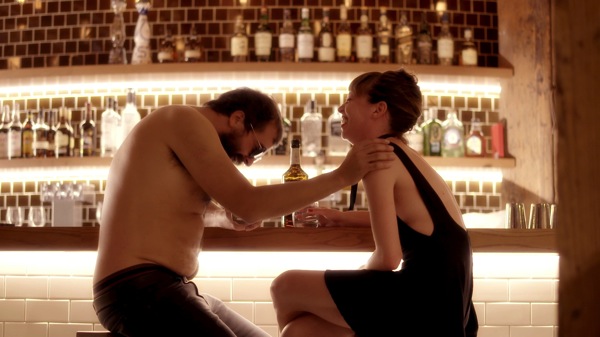
I rigged two light sources for this wide shot. One, behind the bar, was my 6’x6’ grid cloth clipped to the front of some refrigerators that ran along the back of the bar. We punched our 1k open face light into it to cast some soft low backlight onto the actors that would turn into sidelight when we came around for closeups. We also smacked a 650w fresnel into a white wall at the end of the bar facing the actress to give her a nice big soft key. We shot at very low light levels, dialing the F55 up to ISO 2500 or so and shooting at T2 to get the proper look.
The background highlights have a little bit of a glow that was added to them in the grade. Here’s what the shot looked like ungraded in S-Log2:
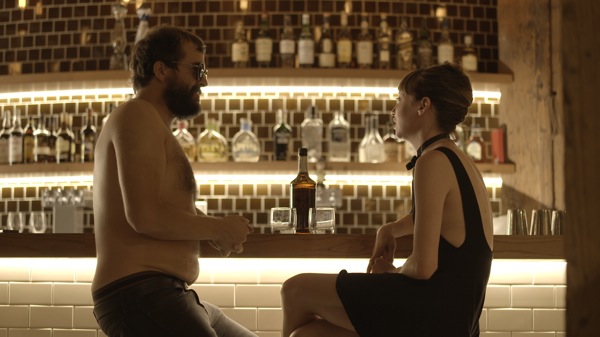
It’s nice, but not as nice as it became with the highlight glow.
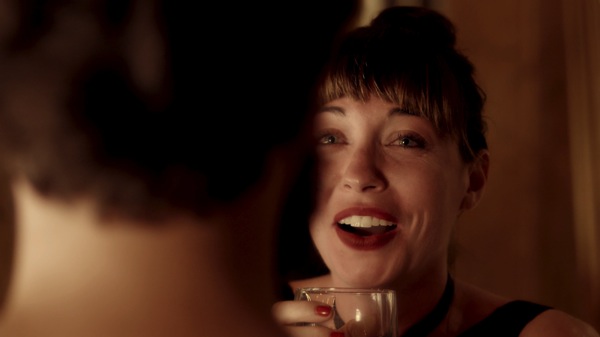
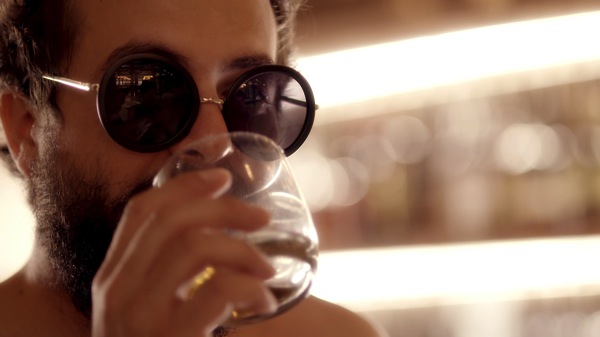
In this shot the actor is getting a little bit of an edge from the bounce off the far left wall and the bounce below the bar to the right. The ambient light from the rest of the cafeteria is doing the rest—and you can see those distance light sources in his glasses.
We didn’t change much from then on, at least for the setup where both actors were seated at the bar. The existing ambient fill light gave our actor enough light that we didn’t have to specifically light his closeup, and the LED lights in the background created highlights that gave our setups an extra little kick. Background highlights are a fast and cheap way to increase contrast in an image and make it pop a bit more, and without them this would have been a very dull scene indeed.
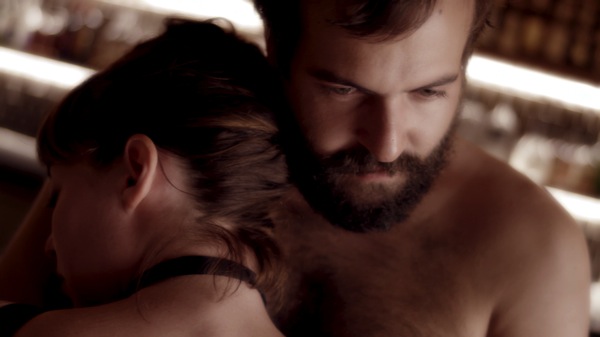
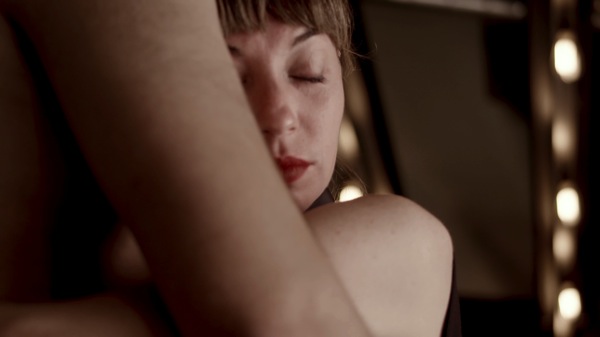
The dancing scene was a bit different. We hung the grid cloth between two C-stands just outside frame right and lit it with one light, using the ambient light as fill. This allowed us to fish for moments without having to specifically set up shots. Soft light from the side makes nearly everything pretty, although it takes the right sized source at the right distance to pull this off. In this case our 6×6 grid cloth parked 4’-5’ away from the subject worked perfectly.
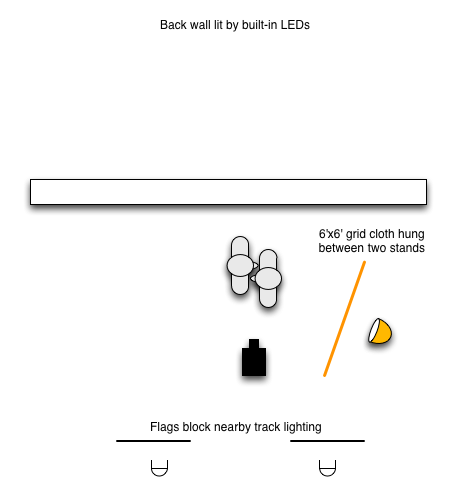
The drumming scene was the last of our very long day, and we shot it in this dot-com’s media studio against a very small white cove. Initially I tried using tungsten lights create something interesting but the white cove screwed me every step of the way. I didn’t have enough lights to do a really nice flat white limbo and I didntt have enough grip equipment to create a moody look. Our director, David Fine, suggested we take a look at the LED wash light that was already hung in the grid, but when we looked at it live with the camera set to 240fps it was clear that the light flickered quite a lot. I was about to bag that idea when David suggested we roll some footage and play it back to see what the flicker looked like at 240fps playback. We did, and the results are what you see in the music video: the background is lit with an LED wash and the actors are lit with an LED spotlight from frame right.
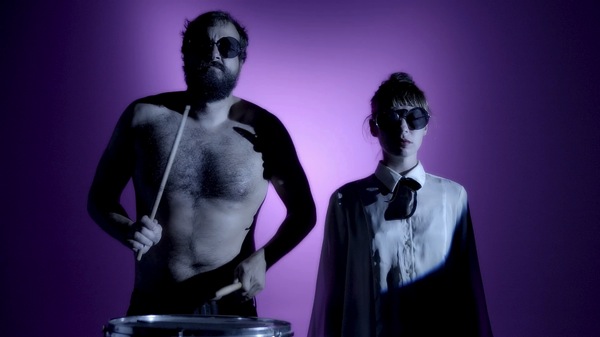
Cheap LED lights often have dimmers, but they don’t work the way normal dimmers do. A tungsten dimmer lowers voltage, making the light less bright but also making it warmer. LED lights require a drop in current to reduce their brightness, but those circuits tend to be a little too expensive to make for the cheaper LED lights. Instead they use a technique called “pulse width modulation,” or PWM, to make it appear that the light is dimming, but what they are really doing is causing the light to pulse on and off so that it puts out less light overall and camera’s can’t tell the difference… at 24p, anyway. At 240fps it’s a very different story!
Here’s a series of frames I pulled to show you what that LED background wash is doing on a frame-by-frame basis:
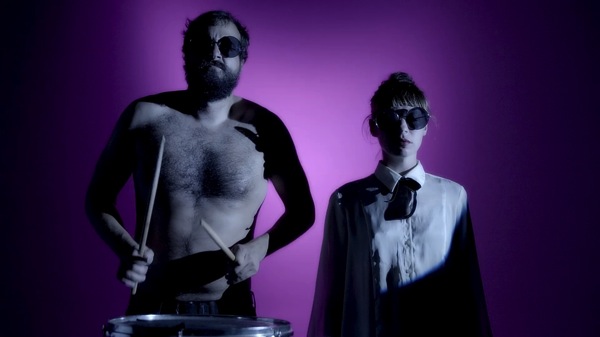
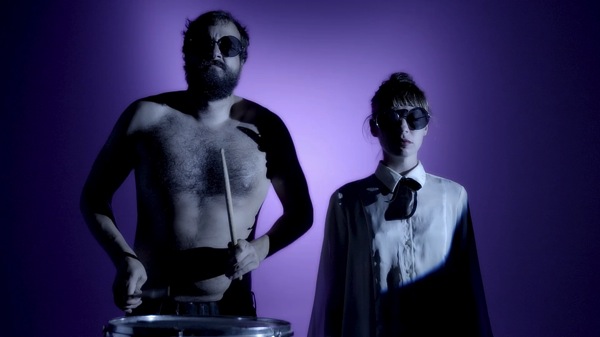
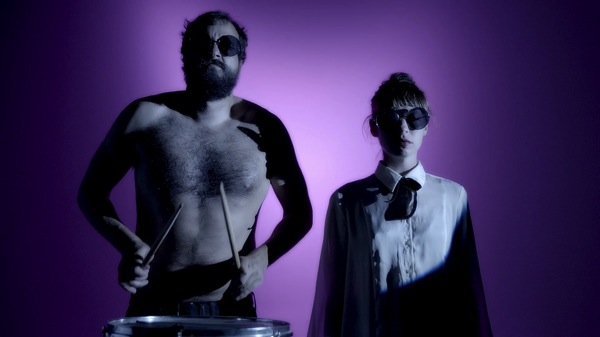
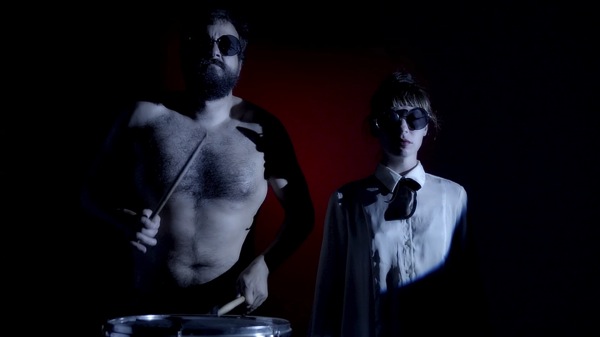
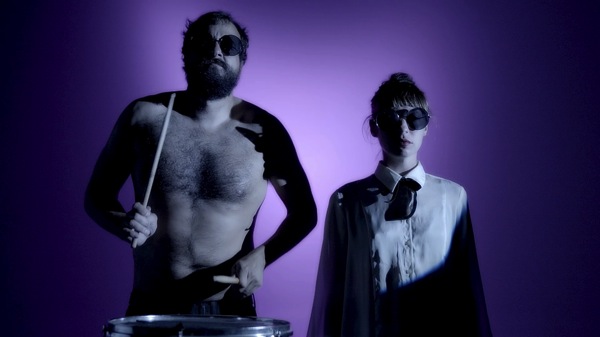
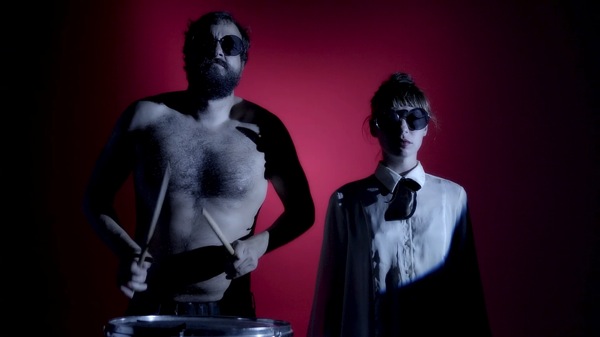
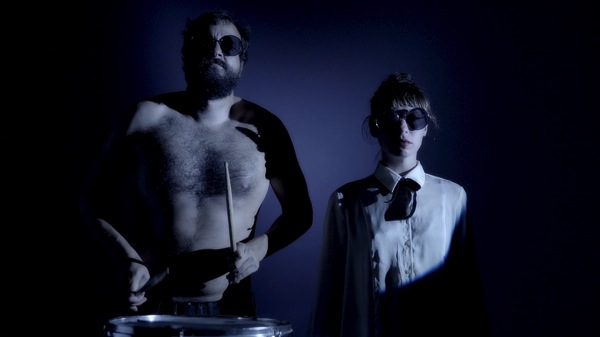
By eye the wash from that LED light looked to be a flicker-free purple.
That’s why it’s dangerous to use cheap and untested LEDs when shooting at very high speeds: you won’t know until playback whether your LED lights flicker or not. The more expensive brands won’t because they either use current dimming circuits or the flicker at several thousand cycles per second, but I’ve heard of cheaper brands of both lights and light ribbons causing problems above 100fps.
I once saw an LED light flicker at 24p but only when it was dimmed. The gaps between pulses drop to nothing, or near nothing, when these lights are full on, and only become problematic once the pulse length becomes too long.
I should also point out that the F55 employs a global shutter so any flickering will occur as the light changes brightness between frames. A rolling shutter camera, such as the F5, will see that flicker occurring within the same frame as the shutter scans down the image, and the result is lots of little roll bars that can’t be removed in post. It’s really, really important to watch for any kind of intermittent light source flicker when shooting with a rolling shutter camera.
We shot this sequence in raw at 240fps, and the raw deck is the only recording device fast enough to capture that much data. I believe we also rated the camera at ISO 2500 for this sequence and shot at T2 on Sony Cine Alta primes. The footage was a little noisy but that went away when we crushed the blacks in the grade. (The noise may have been related to the beta firmware we were running in the camera. Release firmware should be a bit less noisy.)
One of the most powerful features of the F55 is the ability to record S-Log2. One of its greatest weaknesses is that you can’t see what you’re doing unless you have a LUT box feeding an on-set monitor as the camera doesn’t currently correct the S-Log2 image for in-camera or direct-from-camera viewing. I’ll talk about how I got around that on this shoot in my next article.
About the Author

Director of photography Art Adams knew he wanted to look through cameras for a living at the age of 12. After spending his teenage years shooting short films on 8mm film he ventured to Los Angeles where he earned a degree in film production and then worked on feature films, TV series, commercials and music videos as a camera assistant, operator, and DP.
Art now lives in his native San Francisco Bay Area where he shoots commercials, visual effects, virals, web banners, mobile, interactive and special venue projects. He is a regular consultant to, and trainer for, DSC Labs, and has periodically consulted for Sony, Arri, Element Labs, PRG, Aastro and Cineo Lighting. His writing has appeared in HD Video Pro, American Cinematographer, Australian Cinematographer, Camera Operator Magazine and ProVideo Coalition. He is a current member of SMPTE and the International Cinematographers Guild, and a past active member of the SOC.
Art Adams
Director of Photography
www.artadamsdp.com
Twitter: @artadams
